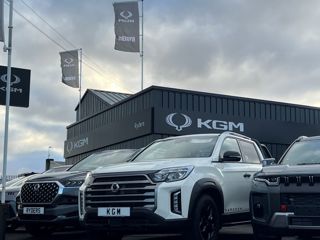Zanlunghi certainly deserves full marks for honesty and, while his disappointment is understandable, shouldn’t a company know what people really think about it? With its products panned by the UK media, dealers voting with their feet, and a public that saw Jeep being about as relevant to their needs as Hummer, where is the surprise in an image incompatible with selling expensive Grand Cherokees? If Jeep really was the prestigious off-road brand fondly imagined by some back in Detroit, it would have sold 22,000 a year in the UK in 2013, not 2,200.
Back in the 1980s it was common for car companies to keep two sets of forecasts – the ones the top managers told each other would happen, and the ones that the market specialists thought would actually happen. When one marketing director was told his forecast was 50% beyond reality, he told his underlings: “That’s fine for you to say: you’re not the one with his backside hanging over the boat with the sharks circling below. I’m telling the board what they want to hear.”
In the same spirit, Ford publicly stuck to a forecast of taking 30% of the UK market at a time when its share had fallen below 25% and its own analysts said it was only going to go one way.
Most companies have got a lot more professional and realistic since then (Ford above all), but there is still a cultural issue around accepting reality. It may seem incredible that in the age of social media, companies are in any doubt what the consumer thinks – the bigger problem might appear to be trying to shut the consumer up for five minutes.
However, the number of new models launched for internal political reasons, rather than actual demand, suggests the much-vaunted social media “conversation” between supplier and consumer is sometimes a dialogue of the deaf.



















C pepper - 08/08/2014 18:21
Great article. People at Honda UK SHOULD read this !!!69